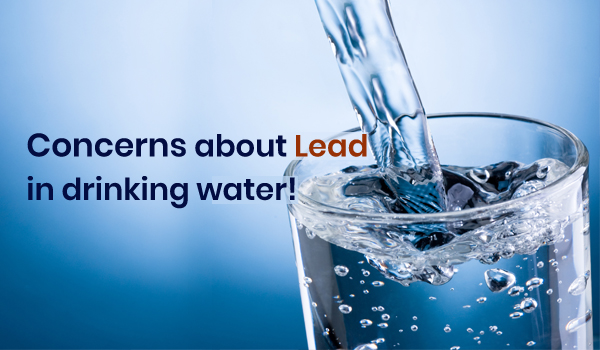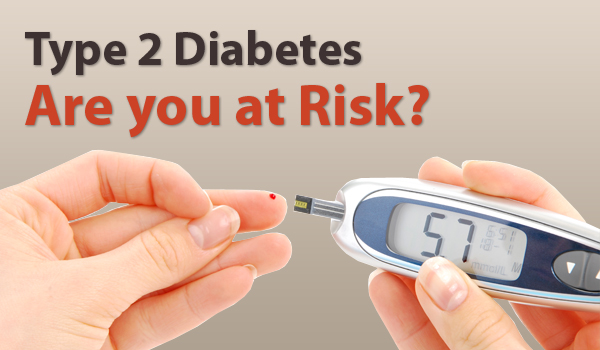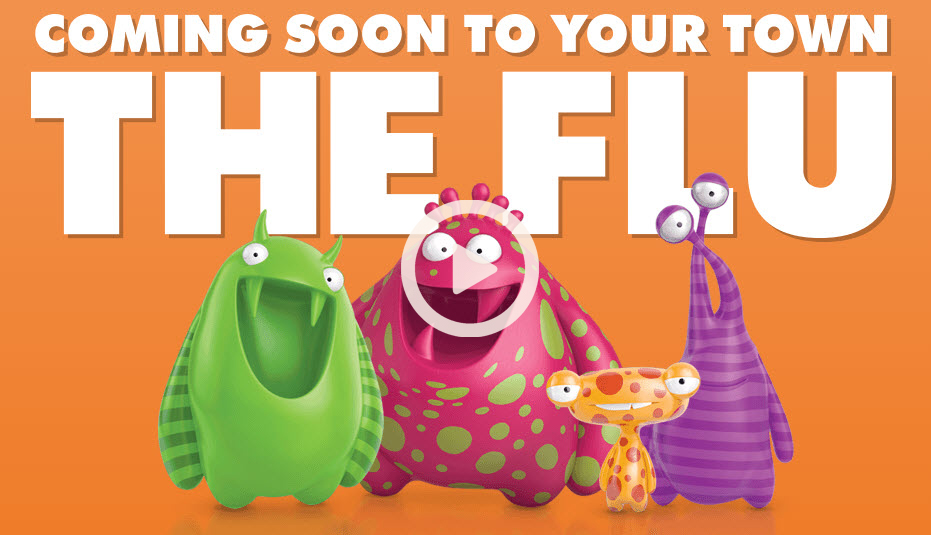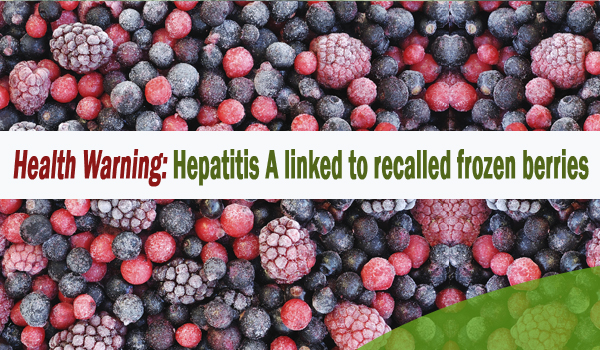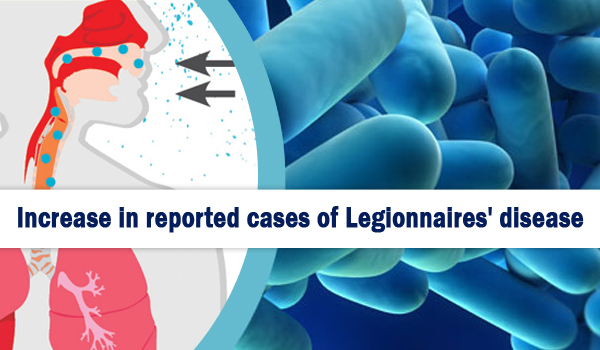What is the issue?
In March, the City of Greater Geelong tested a random sample of its public drinking fountains following an alert from Barwon Water regarding the level of lead in water from two fountains in the municipality. These test results found levels of lead and some other metals in some fountains above the Australian Drinking Water Guidelines (ADWG).
In response, the City of Greater Geelong commenced a process of testing its more than 140 public drinking fountains across the municipality.
People do not need to be worried if they have consumed water from the affected drinking fountains.
This is not an issue affecting Barwon Water’s drinking water supply system. The drinking water supplied by Barwon Water remains safe to drink. Barwon Water routinely samples and monitors drinking water supplied to the City of Greater Geelong to ensure it is safe. All drinking water agencies must do this under Victorian law.
As a precaution, the City of Greater Geelong is switching off the public drinking fountains found with levels of lead higher than the ADWG. DHHS supports this precautionary approach while we work together to investigate the source of the lead.
Current evidence indicates that the issue may be related to plumbing materials associated with the drinking fountains, particularly in low-usage areas where water sits in the pipes for extended periods of time.
The City of Greater Geelong is conducting a thorough investigation into this situation, and is working with health and industry experts, including DHHS, the Department of Environment, Land, Water and Planning (DELWP), Barwon Water and the Victorian Building Authority to identify the cause of the presence of lead in our public drinking fountain water.
In the meantime, all the affected public drinking fountains will remain switched off.
The impacts of plumbing materials in contact with drinking water is an emerging issue worldwide. Experts and regulators across Australia are working together to better understand the issue, with the aim of minimising exposure to lead from drinking water.
Once the results of the Geelong investigation are available, the relevant state government departments and agencies may be required to co-ordinate a state-wide response. It’s too early to start a broader investigation at this time as the source of the lead is still being investigated.
Who is at risk?
People do not need to be worried if they have consumed water from the affected drinking fountains.
While the levels of lead detected are above the health guideline value in the ADWG, they are not of immediate concern, as drinking water fountains are not the main source of daily drinking water.
The ADWG sets the concentration of a chemical in water that would not result in any significant health risk to people drinking the water every day over their lifetime. The guideline value for lead in drinking water is very conservative of health so that it protects the most vulnerable people, such as very young children and pregnant women.
Recommendations
Given recent media attention relating to this issue, patients may present with concerns about exposure to lead from water in drinking fountains and other sources.
Discuss the concerns with the patient, the potential exposure to lead and associated risks, any symptoms, and if necessary, take a blood sample for blood lead testing. Consider other potential lead exposure sources, including employment in a lead-risk job, exposure to old paint during home renovation, recreational shooting, Ayurvedic medicine use and other hobbies involving lead.
The Department of Health and Human Services monitors cases of elevated blood-lead levels in Victoria. Since 1 January 2010, public health legislation has required medical practitioners and laboratories to notify the department of any Victorian resident with an elevated blood-lead level.
The notification threshold was reduced on 4 April 2016 from 10ug/dL to 5ug/dL.
Source: www2.health.vic.gov.au

